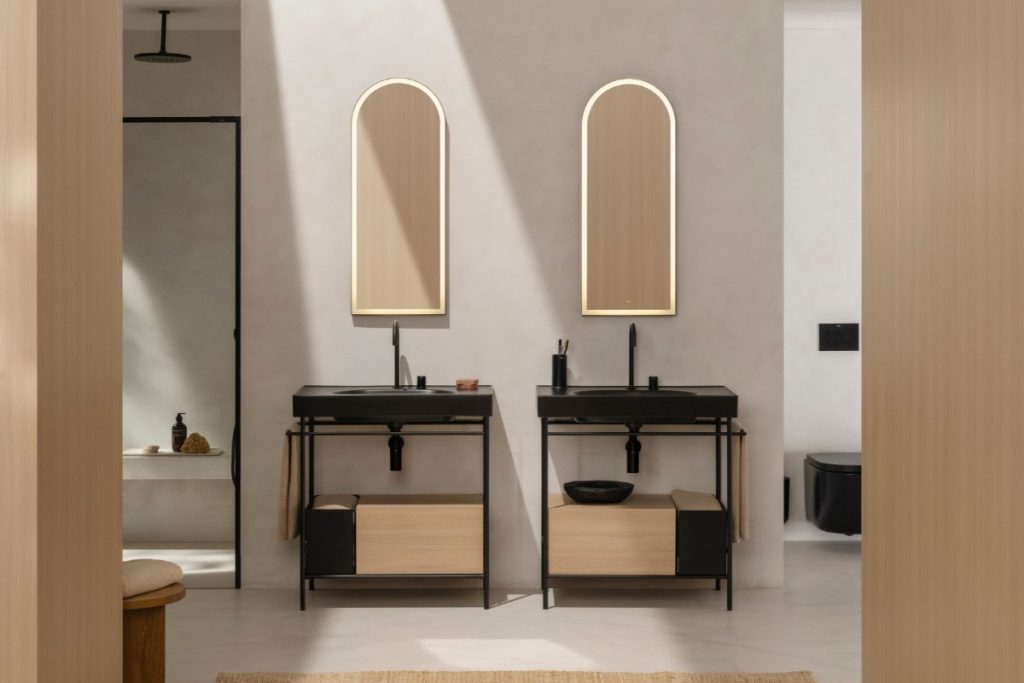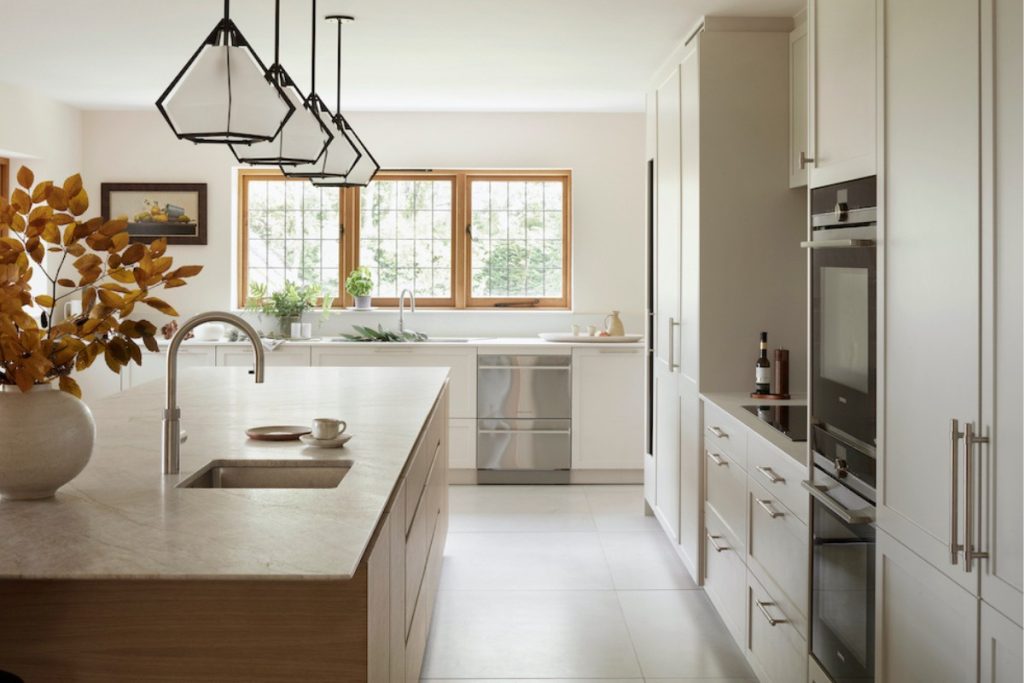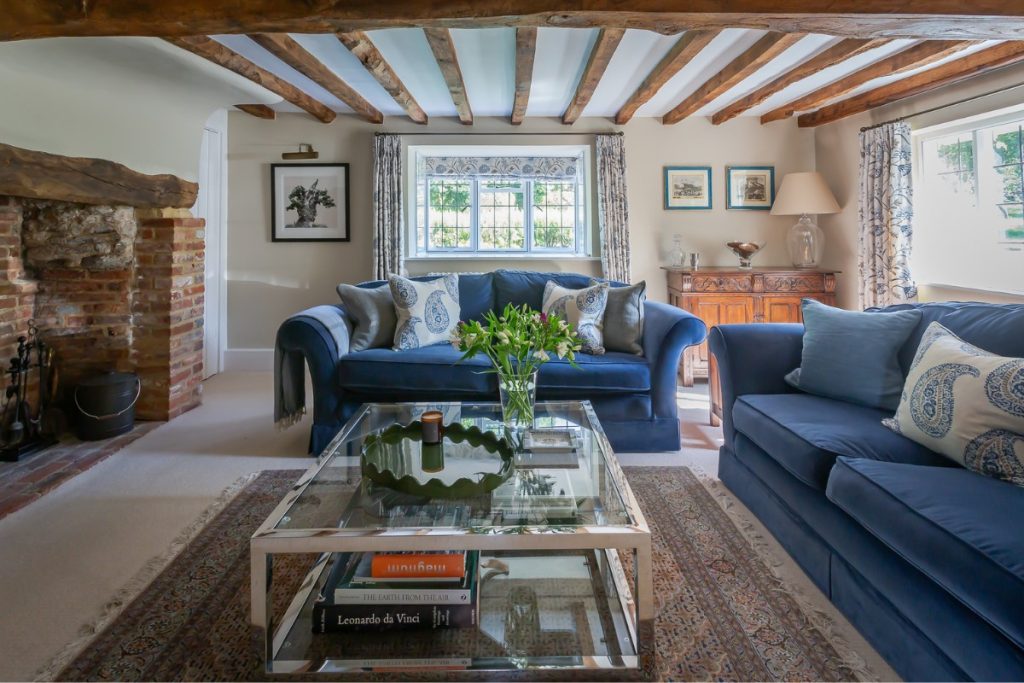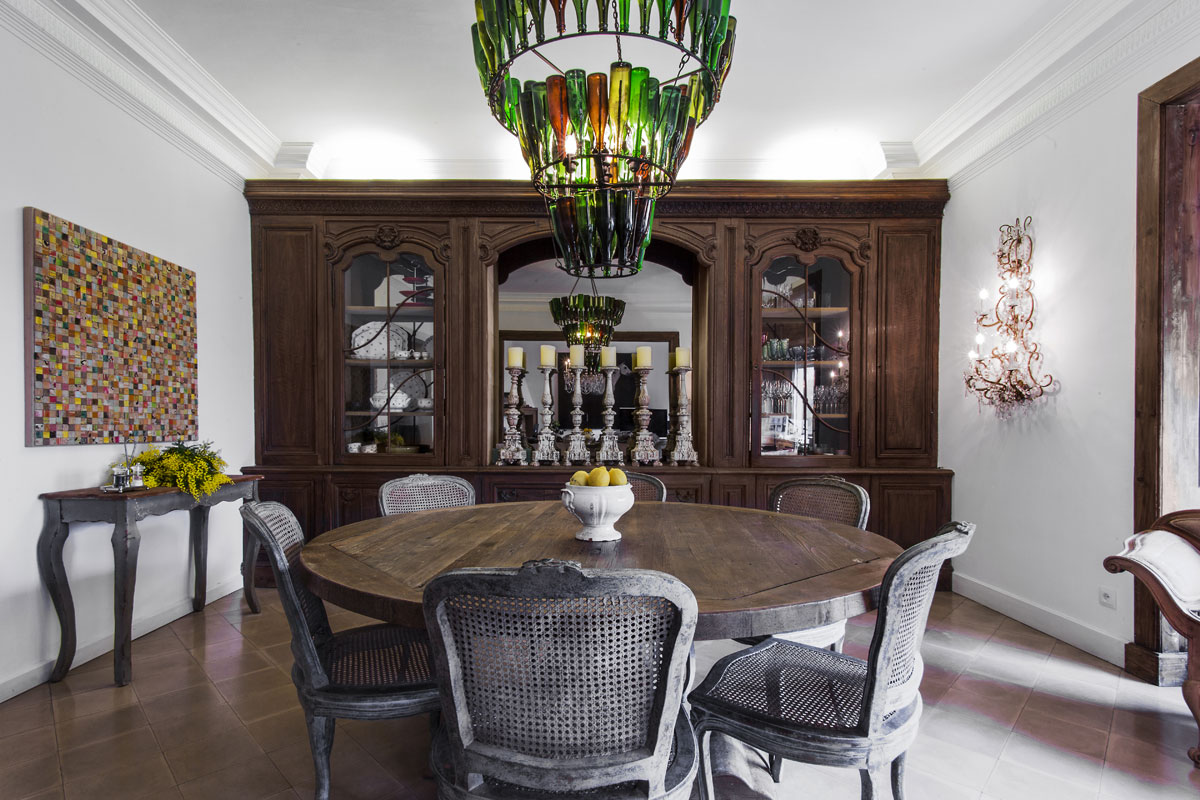 16th January 2020 | IN DESIGN ADVICE | BY SBID
16th January 2020 | IN DESIGN ADVICE | BY SBIDSBID Accredited Designer and Founder of London-based design firm Ana Engelhorn Interior Design, blends the old with the new to create charming and characterful interiors. Ana’s practice utilises the imperfections of natural building materials such as a original hardwood floor and emphasises rich textural sensations like silk, cotton and oxidised metal; combining the innate authenticity of a room with its objects through antique furnishings and traditional features. Read more to discover Ana’s secrets to sourcing antiques for her ‘rough luxe’ interior designs.
At Ana Engelhorn Interior Design, we take a perfectly imperfect approach – uniting old with new to create fresh, timeless interiors for residential and commercial properties. We approach all of our projects with a sustainable mindset and love working with natural materials and furniture in its raw state. Celebrating imperfections found in natural objects and building materials, we especially love antiques – and have become somewhat of an expert in pieces of furniture from the 18th and 19th centuries and the 1950’s and 1970’s.
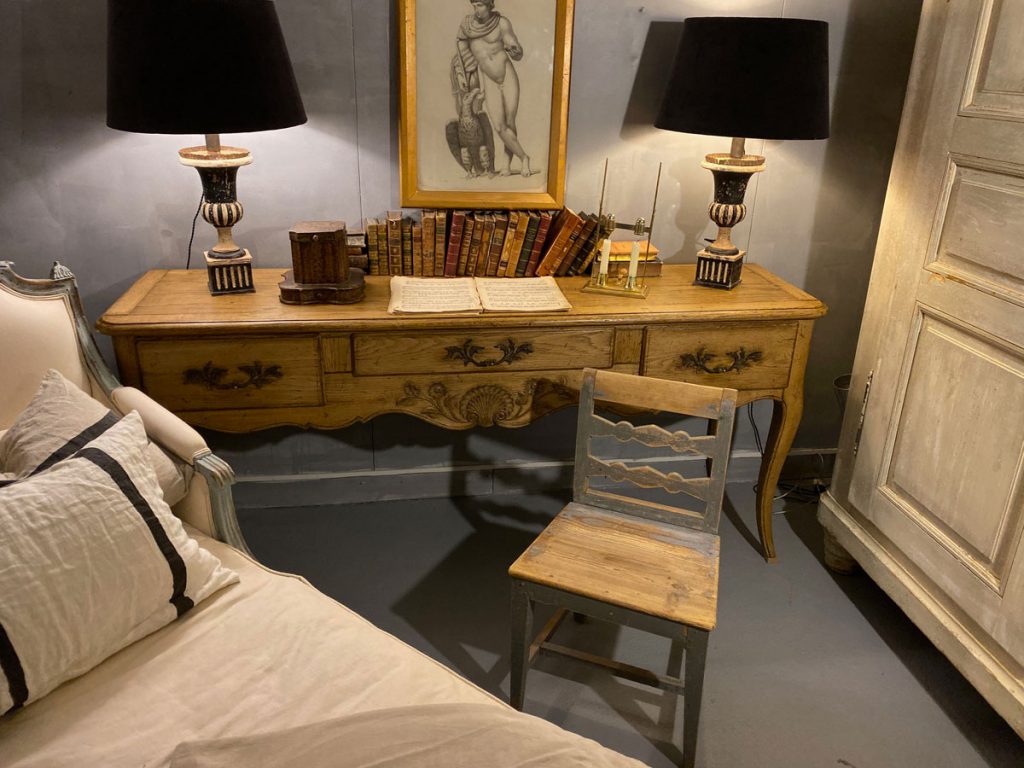
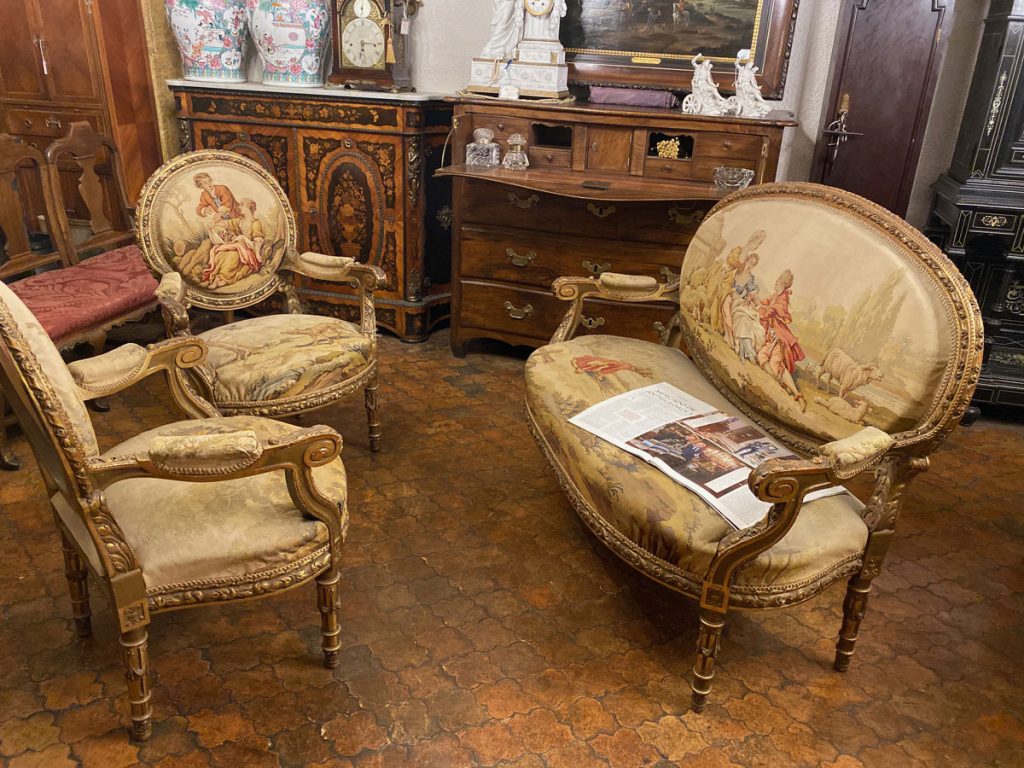
This past month I headed over to Madrid to discover some of their antiques. Although I’m half Spanish, half German and was born in Switzerland, I have always been drawn to British antiques so don’t have much knowledge of the market in other countries. Antiques here in the UK, where we’re now based, are highly prized and shops exist in abundance. The price, as you might expect, is high, so it can be a challenge to find amazing pieces with the right price tag.
I was thus very keen to explore abroad and see what I could find. Travelling through Madrid and making contact with suppliers there, I was amazed to learn the quantity as well as quality of what is there. As interior designers, we are only as good as our suppliers, so we spend a good deal of time finding like-minded crafts and tradespeople who sell or produce quality products or salvage and up-cycle older items. We try to encourage our clients to restore and reuse their furniture or donate it to charities or who will re-purpose it, so going to Spain was a real opportunity to potentially expand the number of pieces we could recommend and learn more about sourcing antiques in other countries.
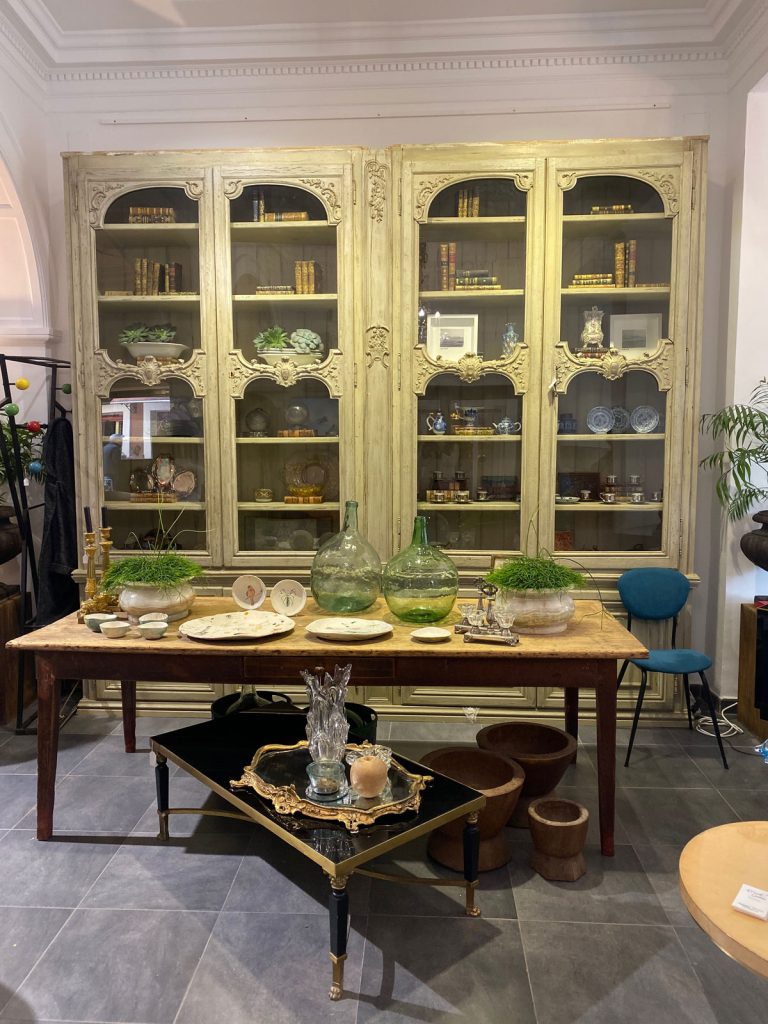
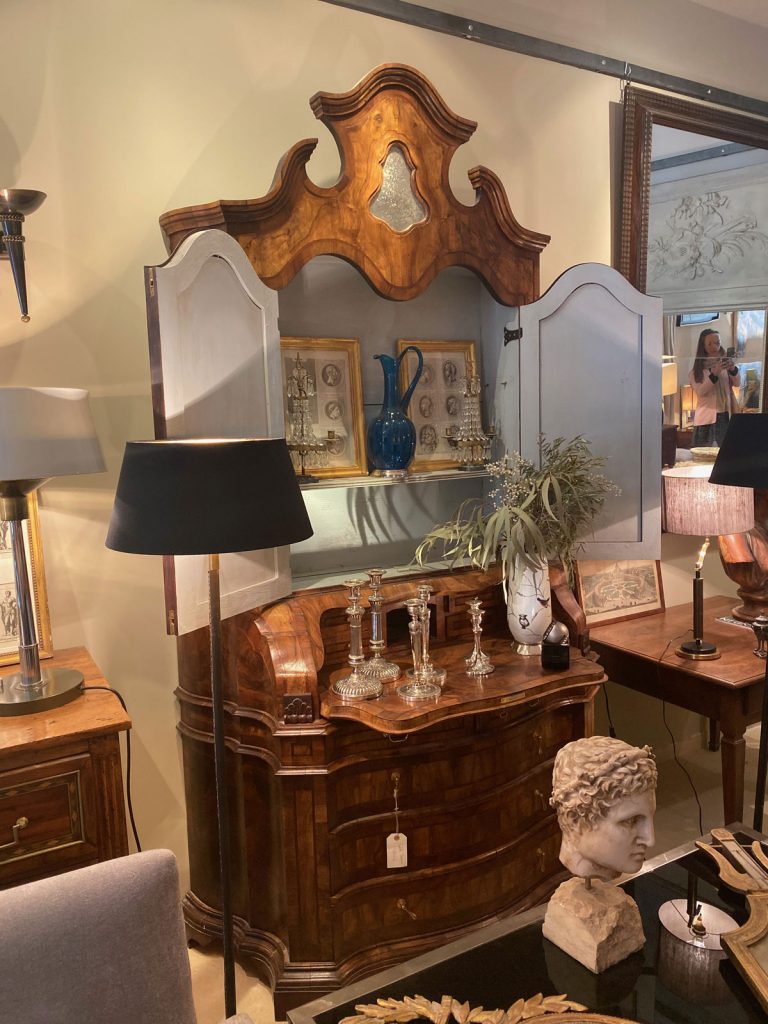
When young people in Spain leave their parents’ home, they usually want to make their own mark. The last thing they want, therefore, are interiors that look like their grandparents’ house. They tend to live in apartments that are more contemporary or lean toward furniture from the 1950’s, which is highly coveted across the country. Thus, those from wealthy families who inherit large stately homes or palacetes often find antique dealers like Anticuarios Alcolcer to buy their heirlooms and resell them in stores across Spain and the United States.
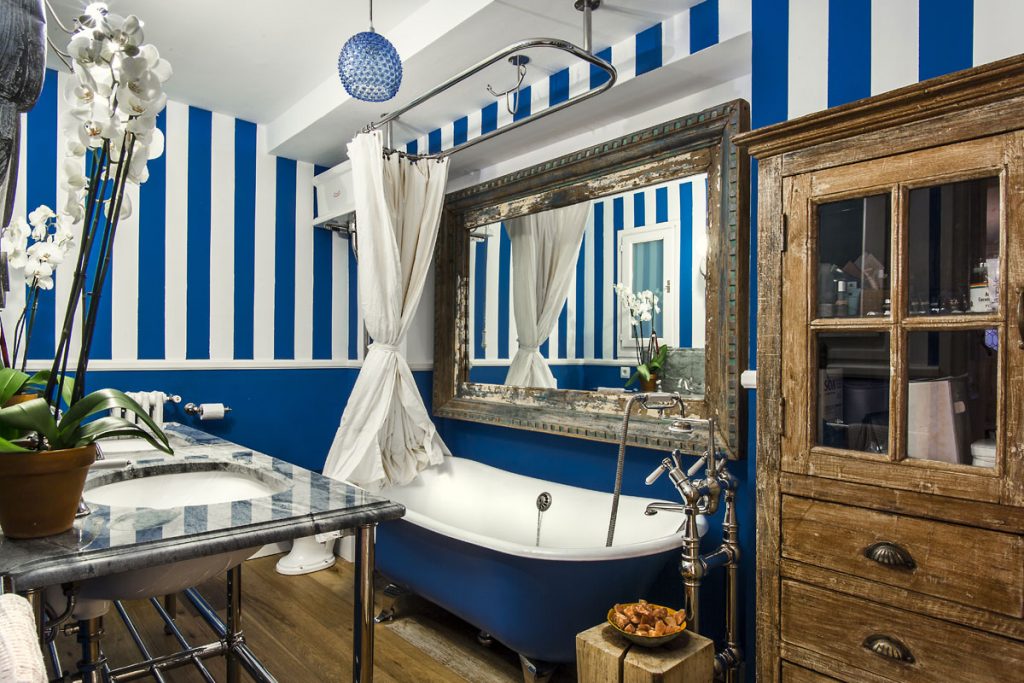
I was delighted to find that the prices for antiques are generally lower in Spain – you can find truly beautiful pieces, well-preserved and documented but at much more accessible prices. The biggest barriers to finding these suppliers are usually time, money and lack of knowledge. However, with the internet and in the globalised world we now live in, these hurdles can easily be overcome. One particularly straightforward option is to use a Travel Consultant like La Españolita. They will organise the trip for you and make introductions. Your days are then clearly mapped out and you can really make the most of your time.
Another way to find antiques dealers is to search for Architectural Digest guides on the specific region you want to visit. Usually, where there is one there are many. For example, when I visited El Modernario, the owner recommended two other stores: Tesla Antiques and Concha Ortega. I found it heart-warming how eager most owners are to share their clients with their competitors. In this industry, there really are people who believe that when one does better, everyone benefits.
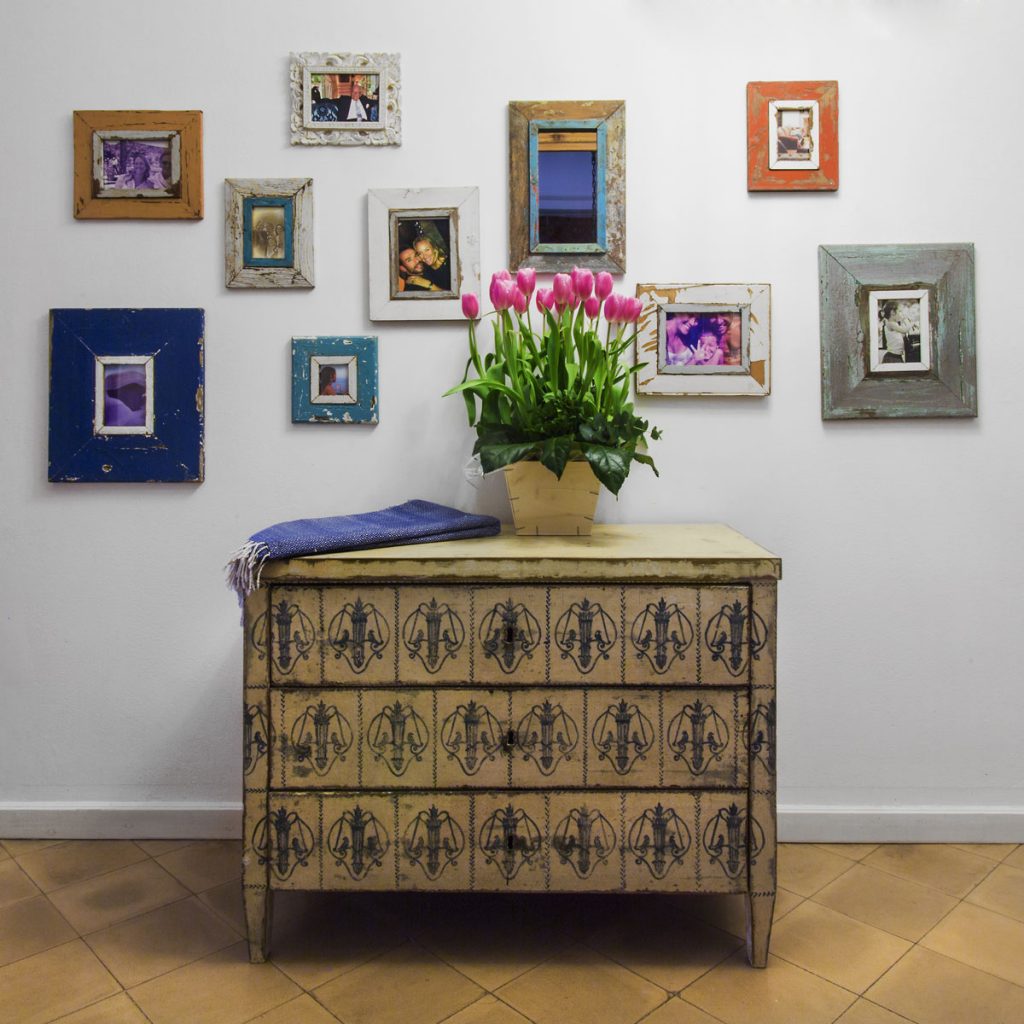
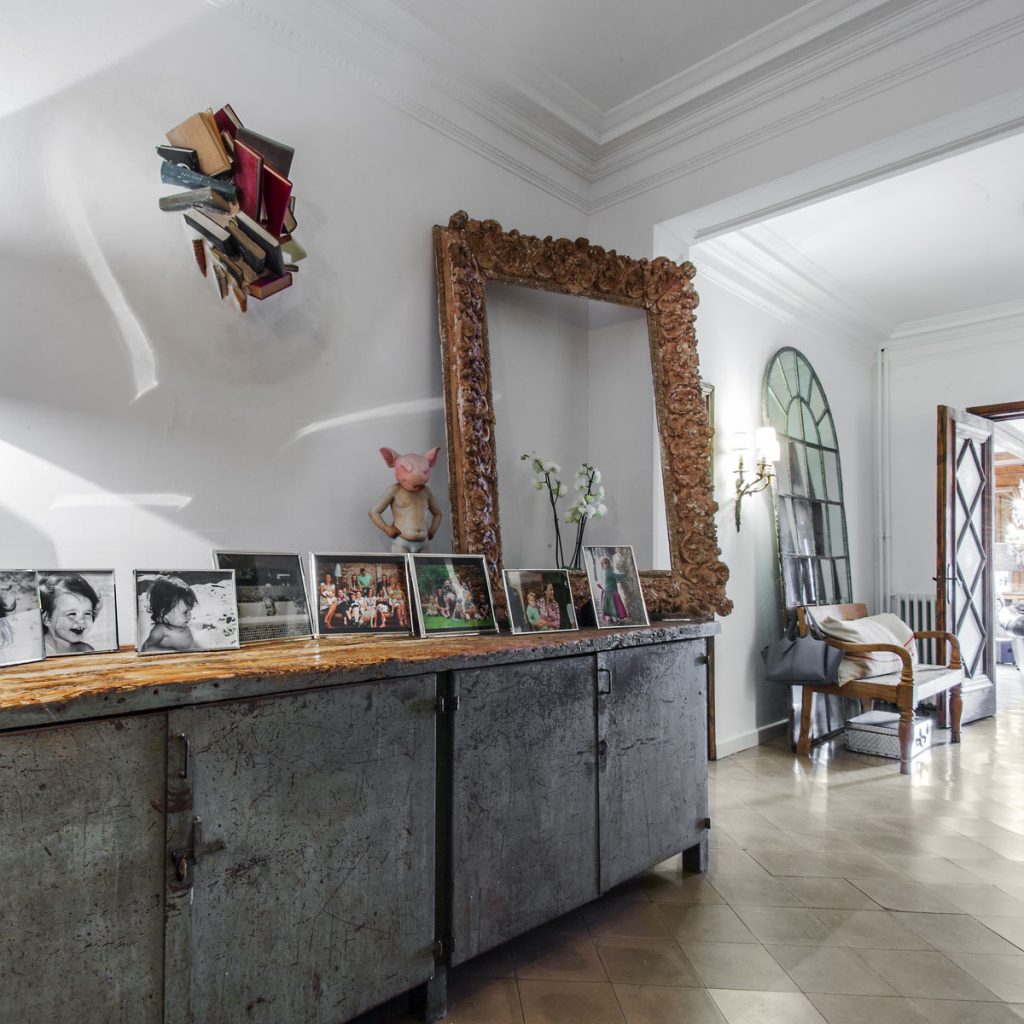
Antique shop owners are also keen to have coffee or a drink to talk about the trade and swap stories. I speak Spanish so it makes that part easier! I find that with antiques in general, and Spain specifically, people want to get to know you and find out who you are – you can then start to build a relationship and work together to help each other.
Sourcing antiques from foreign countries doesn’t need to be daunting. The antiques mission I just underwent in Spain is one I will try to repeat for France, Sweden and Italy (my current favourite countries for older pieces). I’m looking forward to what I might find!
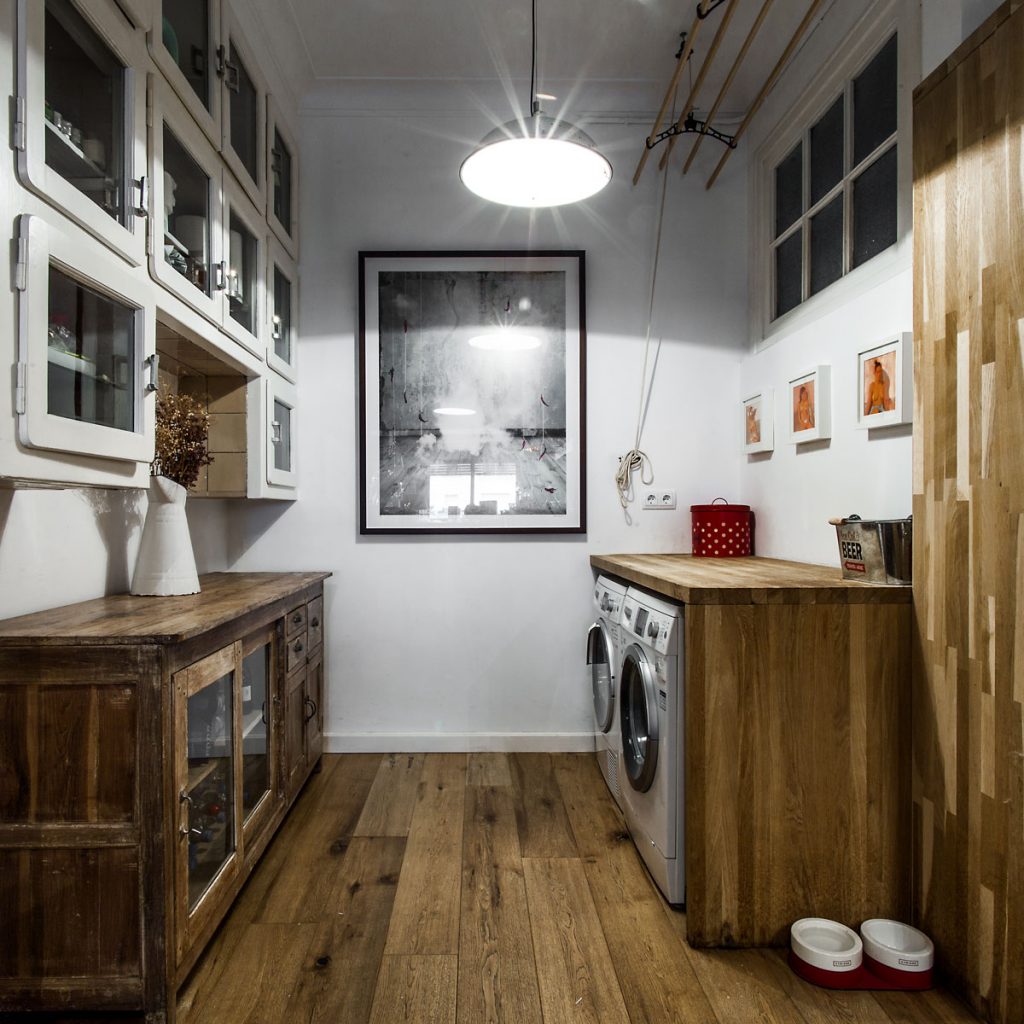
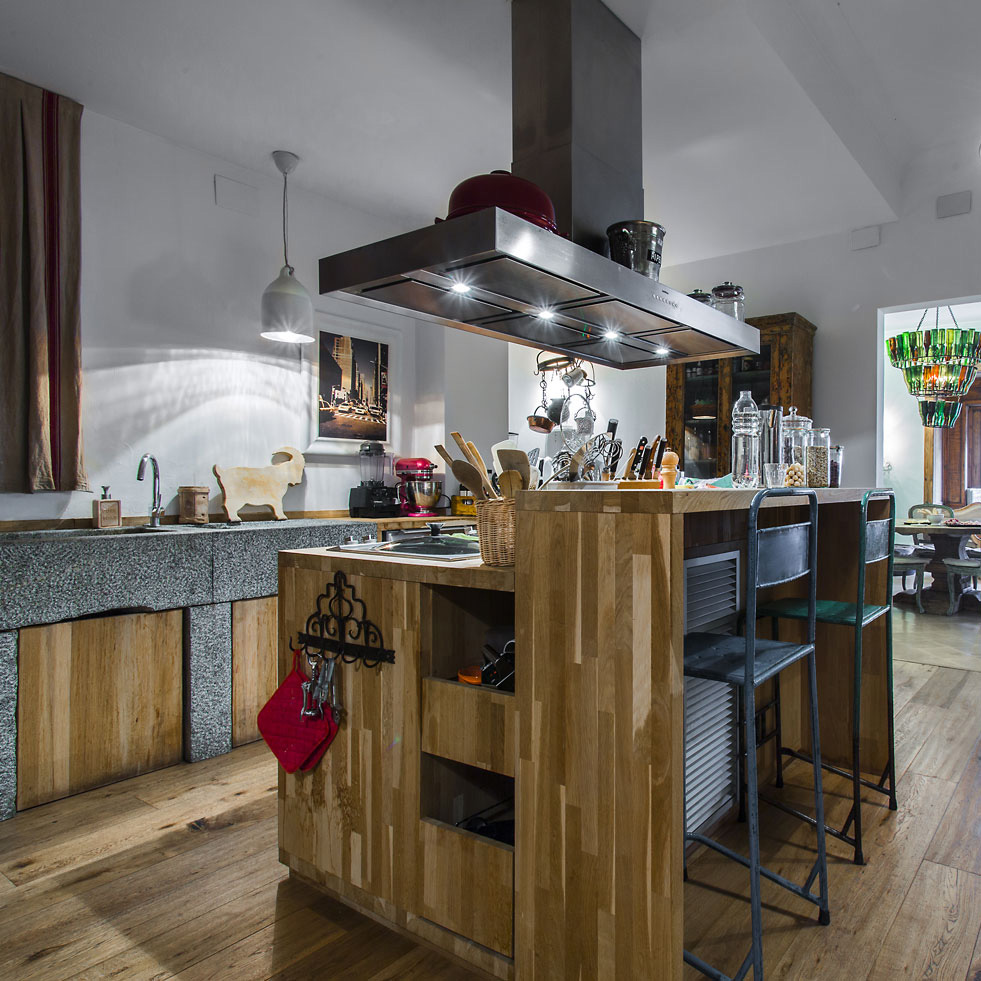
This article was written by Ana Engelhorn of Ana Engelhorn Interior Design.
If you’d like to become an SBID Accredited, click here to find out more.
